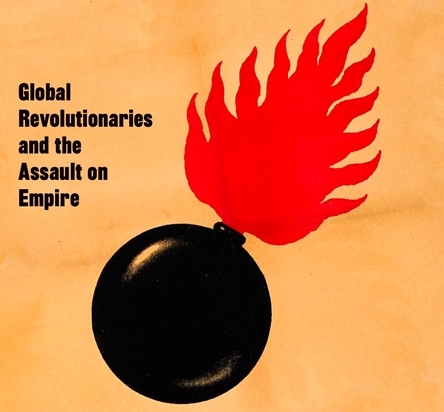
Underground Asia
Global Revolutionaries and the Assault on Empire
by Tim Harper
Harvard University Press, 2021
This dauntingly detailed book on the roots of Asia’s anti-colonial movements documents the early influence of anarchism, and how it was ultimately displaced by nationalisms of different stripes.
India’s advocate of old-fashioned bomb-throwing anarchism, Har Dayal, who met Emma Goldman in Berkeley in 1912, warned of a “dismal nationalism” that would result “only in a change of masters.”
A turning point was the Moscow-sponsored Congress of the Peoples of the East, held in 1920 in Baku, Soviet Azerbaijan. This opened the era of Soviet support for (and cooptation of) Asian national liberation struggles. Ho Chi Minh and Indonesia’s Tan Malaka exemplified the marriage of Leninism and nationalism.
The stamp of a Tolstoyan anarchism can still be seen in the movement of Mohandas Gandhi, but this would be superseded after his assassination. His assassin was an adherent of a different authoritarian nationalism—this one looking to the political right.
During World War II, Subhas Chandra Bose sought Axis aid for armed resistance against India’s British rulers. Indian independence agitator Vinayak Savarkar, while imprisoned by the British in 1923, wrote the founding manifesto of the right-wing Hindutva movement which rules India today.
The early vision of a universalist, libertarian anti-colonialism evokes a tantalizing sense of what might have been. A timely book for a moment of re-emerging popular rebellion, from the militant farmer protests in India to the pro-democracy upsurges in Thailand, Burma and Hong Kong.
From the Fall edition of Fifth Estate.
Image: Harvard University Press




